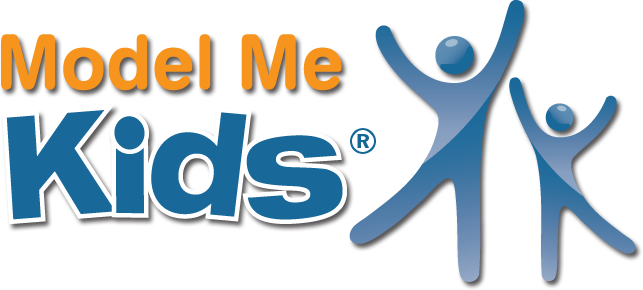Model Me Faces & Emotions™
Autism Emotions
Model Me Faces & Emotions™ illustrates emotions in a range of situations using video and songs by Music Therapist Rachel Rambach, MM, MT-BC. Students learn to understand their different emotions and those of others. This unique merger of video modeling and music therapy is designed to help teach skills in a way that appeals to the strengths of children with developmental disabilities.
Pre-K, Elementary
Run Time: Approx. 30 Minutes
Watch Preview
Model Me Faces & Emotions™
Topics
Happy
Sad
Afraid
Tired
Angry
Excited
Surprised
Bored
Calm
Proud
Love
Shy

Rachel Rambach
MM, MT-BC
About Rachel Rambach
Rachel received her B.A. in Music at Rollins College and her Masters of Music Therapy from Illinois State University. She is a board-certified music therapist, specializing in work with children who have diagnoses on the Autism spectrum. Rachel created the music therapy program at the Hope Institute for Children & Families in Springfield, Illinois, where she works full time in addition to maintaining a private practice.
ShopAutism Emotions
Teaching children with autism to read facial emotions involves employing strategies that cater to their unique learning styles. Video modeling is an effective tool for teaching facial emotions to children with Autism by providing visual examples and structured learning experiences. Utilizing videos that showcase diverse facial expressions, children can observe and learn in a controlled, repeatable format.
Break down the videos into targeted chapters, focusing on a specific emotion until mastery. Pause the video to discuss emotions, emphasizing key facial features associated with each emotion. Repeat the video modeling sessions to reinforce learning and allow the child to practice at their own pace.
Video modeling offers a consistent and customizable approach, catering to individual learning preferences. It promotes observational learning, social understanding, and generalization of skills across different contexts, contributing to the development of facial emotion recognition in children with Autism.

